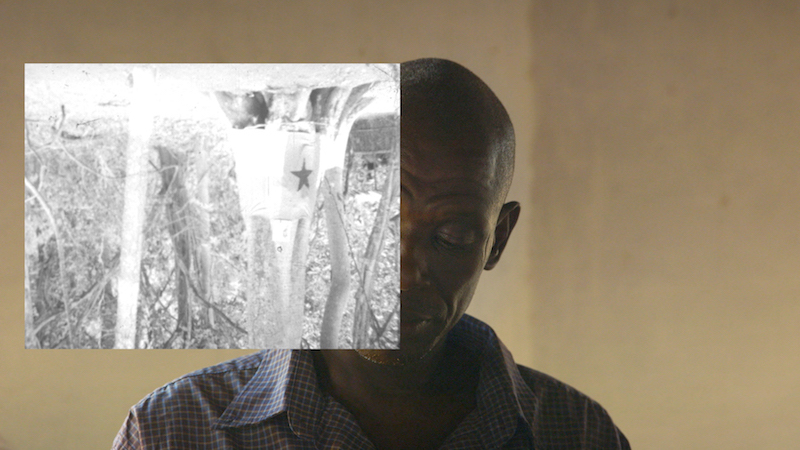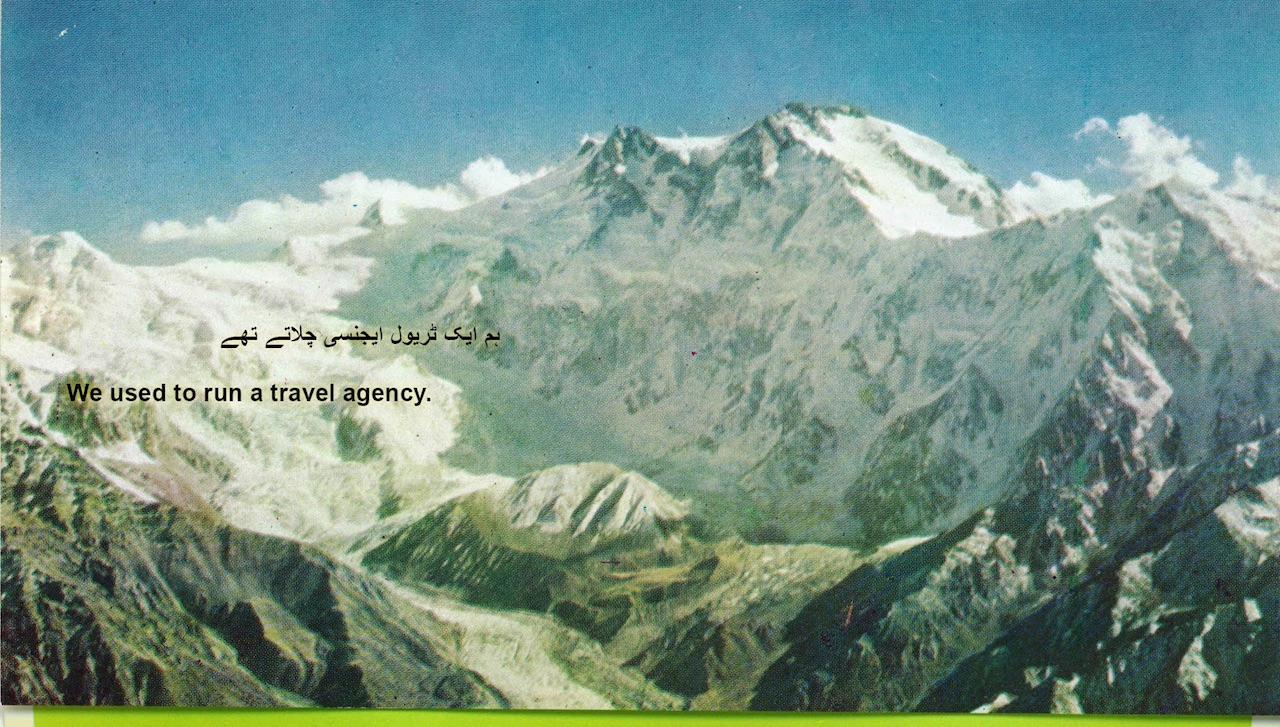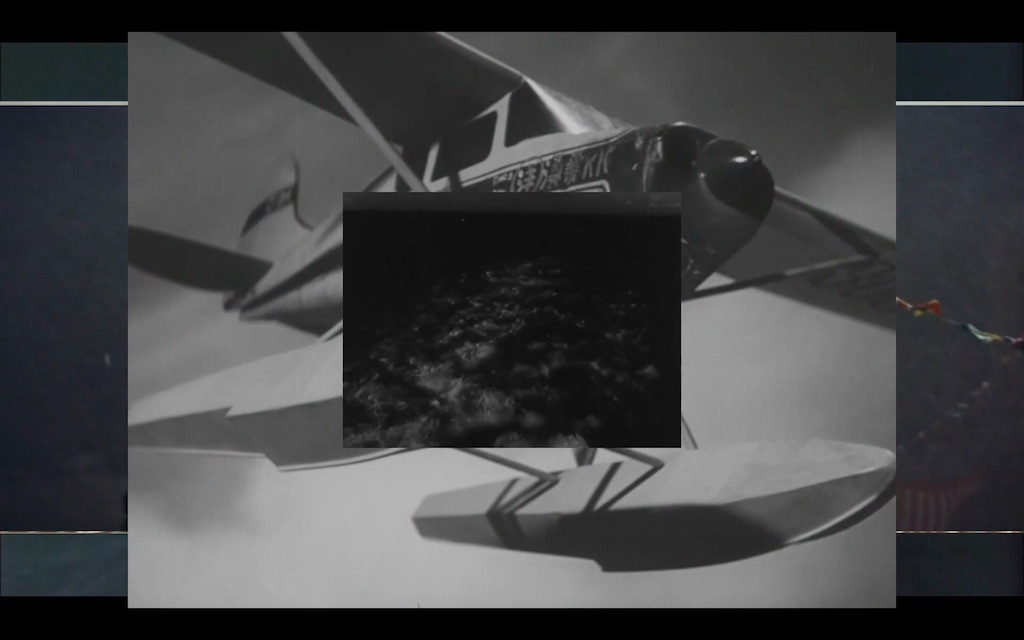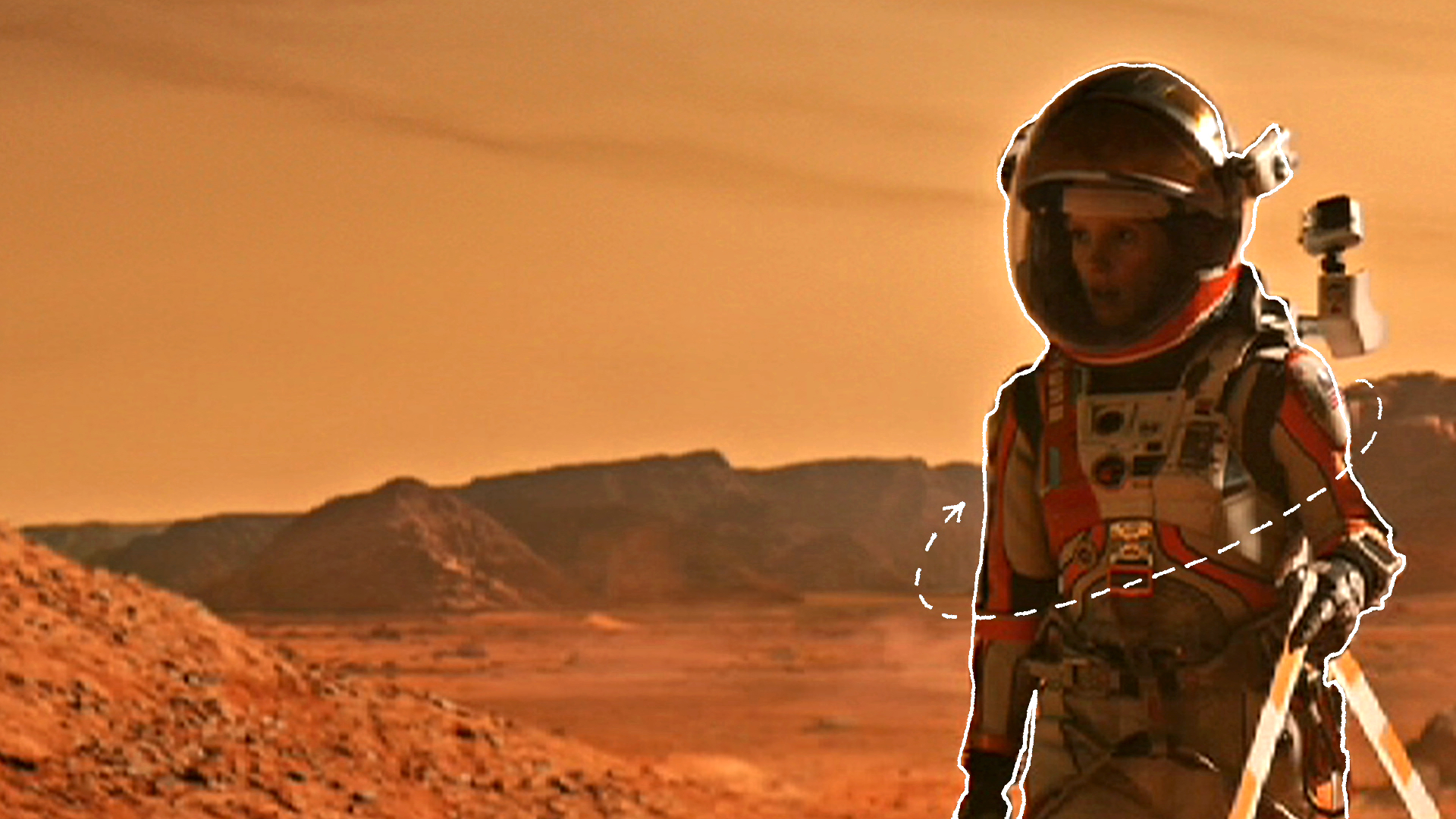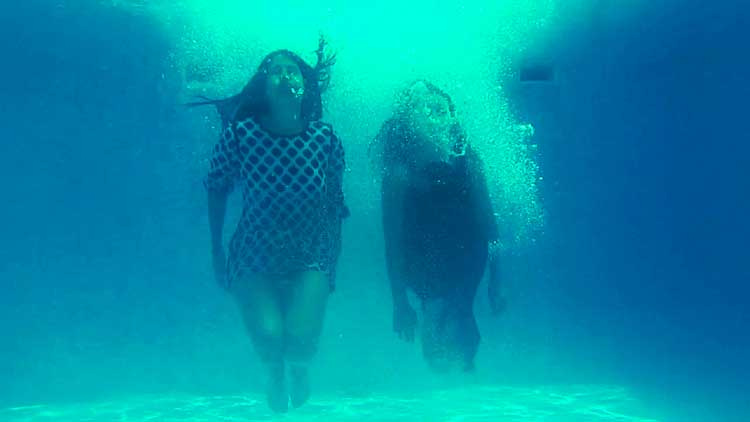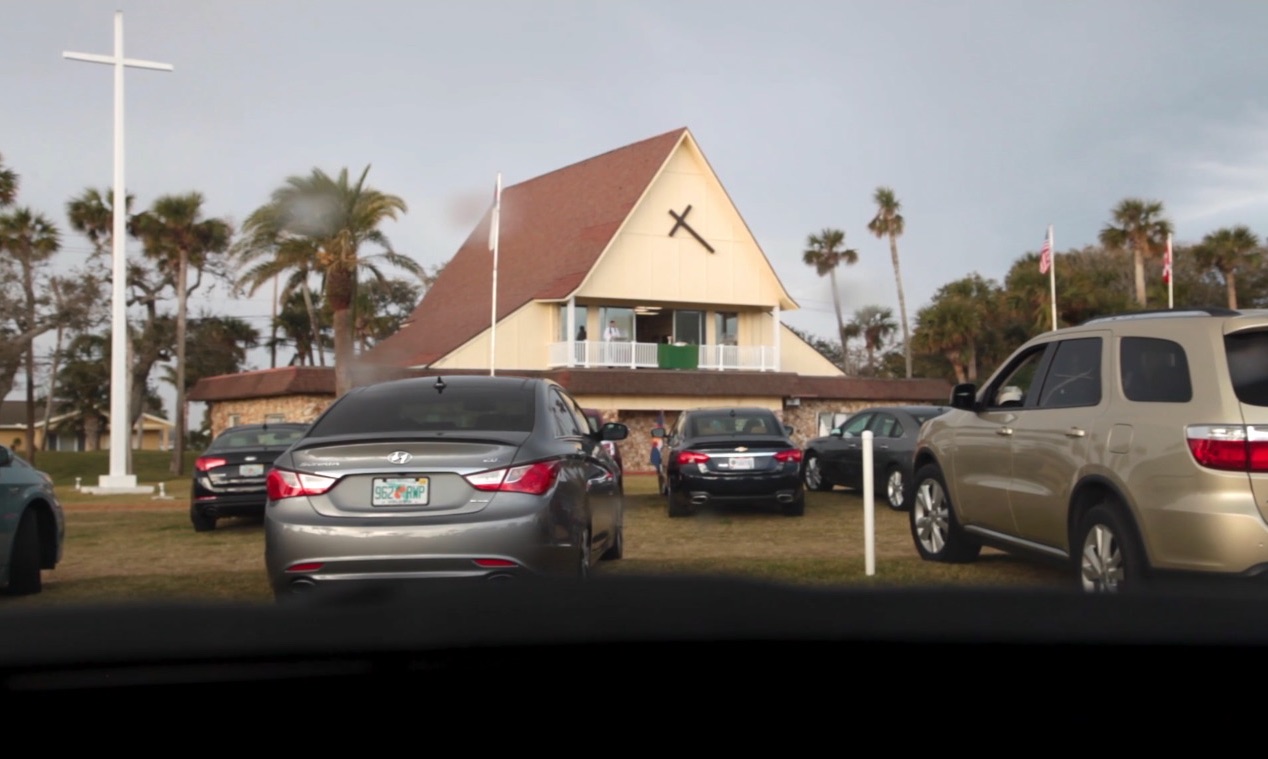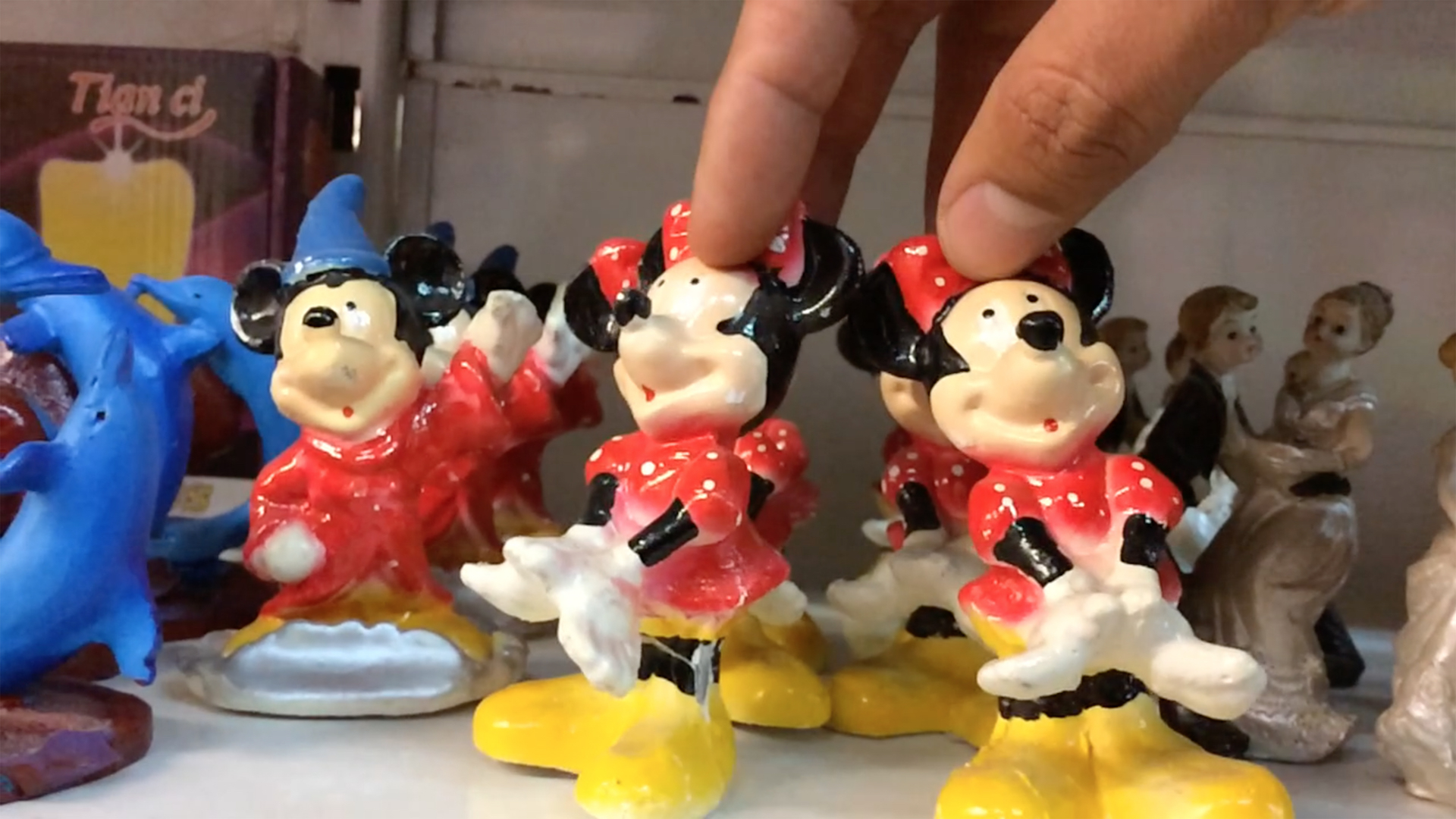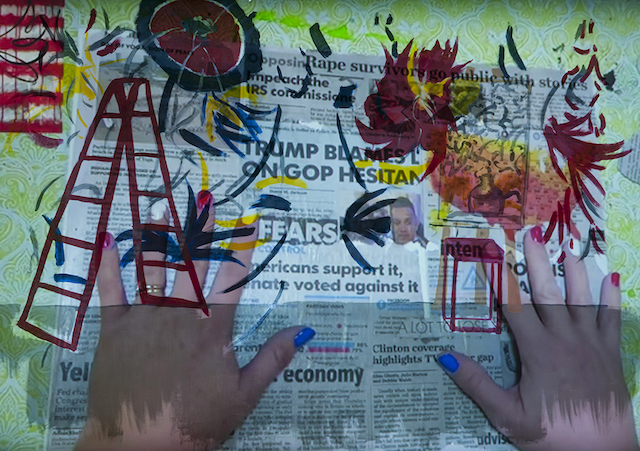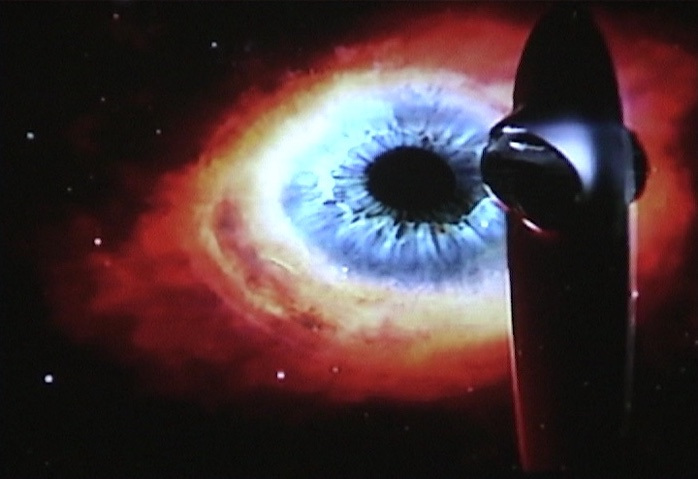Lavender House (2021), 4k color video with sound, duration 24:08.
Sept 24 - Oct 17, 2021
Oregon Contemporary, Portland, OR
Oct 14 - Nov 21, 2021
Aldo Chaparro Studio and Espacio EDA, Mexico City
*This installation will be accompanied by a dial-in audio work.*
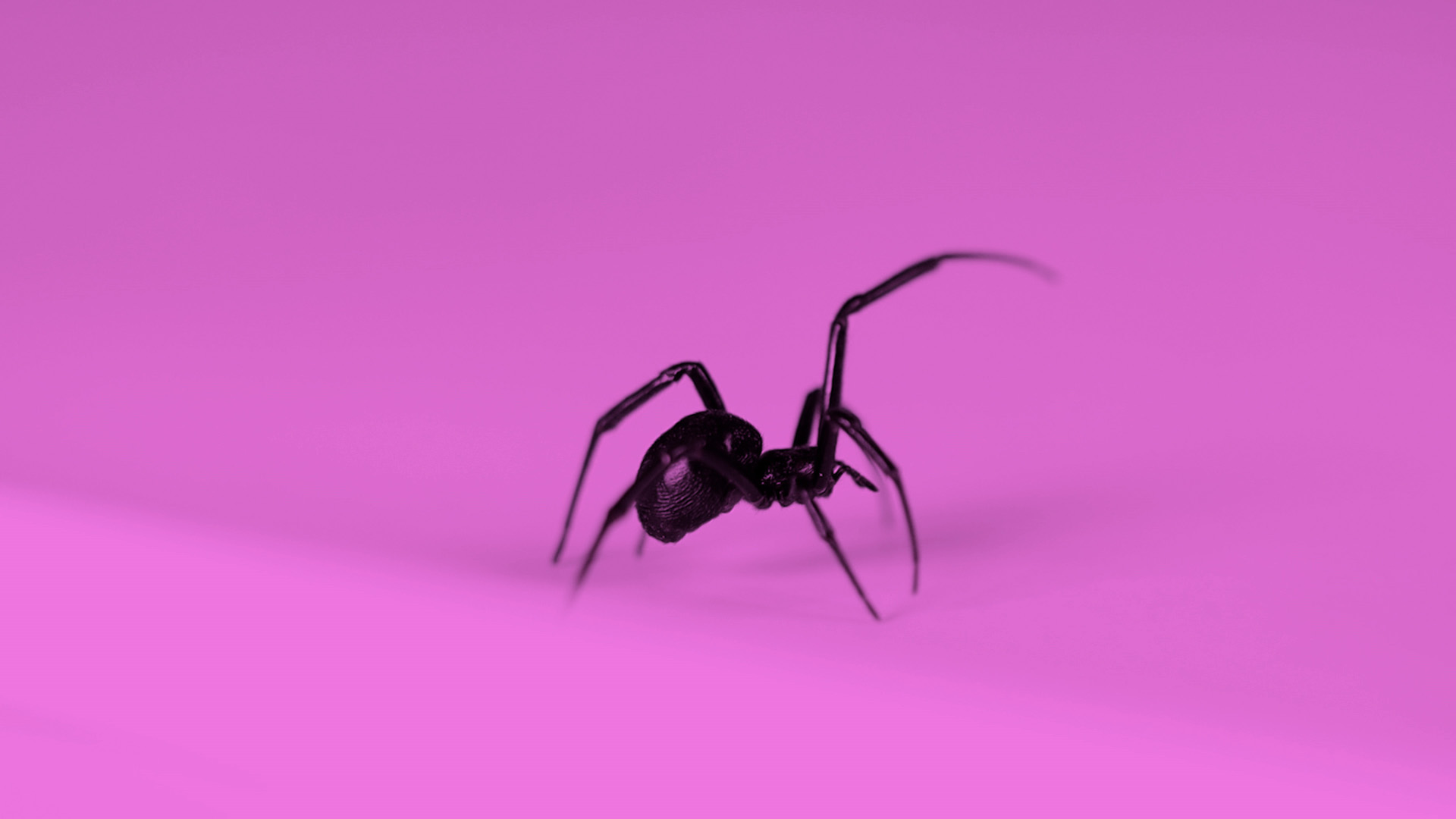 Lavender House explores housing justice within the cultural landscape of Los Angeles, through the lens of a female tenant and her evolving relationship to the empty house next door, a rent-controlled building left uninhabited for six years, held from the market by real estate investors.
Lavender House explores housing justice within the cultural landscape of Los Angeles, through the lens of a female tenant and her evolving relationship to the empty house next door, a rent-controlled building left uninhabited for six years, held from the market by real estate investors.Lavender House delivers an embodied history of the tenant-landlord relationship, anxiety, motherhood, and resilience. Lavender House is part auto-fiction, memoir, and psychological thriller.
Voiceover narrated in English by LA-based artist Nour Mobarak, and in Spanish by LA-based musician San Cha. Sound by Luke Fischbeck. Spanish translation by Blanca S. Villalobos.
Sarah Rara is an artist based in Los Angeles and Western Massachusetts working with film, video, sound, and performance. She is a primary organizer of the ongoing project Lucky Dragons. Her work, solo and in collaboration, has been presented at such institutions as the Whitney Museum of American Art (as part of the 2008 Whitney Biennial), the Hammer Museum, the Centre Georges Pompidou, Walker Art Center in Minneapolis, London’s Institute for Contemporary Art, PS1 in New York, REDCAT and Human Resources in Los Angeles, MOCA Los Angeles, the 54th Venice Biennale, Documenta 14 in Athens, and the Smithsonian’s Hirshhorn Museum and Sculpture Garden, among others. Rara is a 2018 recipient of the LACMA Art + Technology fellowship. Rara is Assistant Professor of Moving Image at Williams College.
Notes on Lavender House (2021):
Eight years ago, I began recording accounts of every interaction I had with landlords and developers, compiling a substantial multi-volume binder of photographs, notes, documents. I never intended for these notes to form the basis of an artwork, I was collecting evidence to protect myself and fellow tenants from illegal evictions. But after years of observing and documenting, I began adding poems to the binder as a way of processing, as a kind of power reversal. The work poured out of me in the form of a video essay entitled Lavender House, orbiting the tenant-landlord relationship, a minor history of rent control, and the violence of real estate speculation and gentrification in Los Angeles. Lavender House embodies precarity, vulnerability, loss—but also the solidarity, resistance, agility, and resilience of tenants who are the heroes of this narrative.
* TACTICS: Digging holes: taking stock of the moment of digging oneself into a hole (or occupying a hole that’s been inherited) without trying to get out for a moment. sensing the problem, the impulse, the discomfort, the situation, drawing the contours of this particular hole. What is the quality of experience in the present state of digging a hole, so to speak. Where is language and where is the mind in that state? *
---Sarah Rara
July 2021

Install image, Oregon Contemporary, Portland, OR, 2021.
Sarah Rara, La Casa Lavanda (2021), video en color 4k con sonido, duración 24:08
Presentado por Aldo Chaparro Studio y EDA en la Ciudad de México.
La instalación se complementa con una obra de audio de acceso telefónico que puede escucharse en cualquier momento de la exposición.
La Casa Lavanda explora, dentro del panorama cultural de Los Ángeles, la justicia de la vivienda a través de la lente de una inquilina y su relación en evolución con la casa deshabitada que tiene al lado suyo: un edificio, controlado por el alquiler, que quedó deshabitado durante seis años y ha sido sacado del mercado por inversionistas del sector inmobiliario. Ofreciendo una historia encarnada de la relación entre inquilino y propietario, la ansiedad, la maternidad y la capacidad de recuperación, La Casa Lavanda es, al mismo tiempo, autoficción, memoria y thriller psicológico.
La narración en inglés fue grabada por Nour Mobarak, quien vive y trabaja en Los Ángeles, y en español, por la artista San Cha. Ambas viven y trabajan en Los Ángeles. El sonido fue realizado por Luke Fischbeck. Traducción al español de Blanca S. Villalobos.
Sarah Rara es una artista que vive en Los Ángeles y el oeste de Massachusetts y trabaja con películas, videos, sonido y performance. Es la organizadora principal del proyecto en curso Lucky Dragons. Su trabajo, individual y colaborativo, ha sido presentado en instituciones como el Whitney Museum of American Art (como parte de la Bienal Whitney 2008), el Hammer Museum, el Centre Georges Pompidou, el Walker Art Center en Minneapolis, el London's Institute for Contemporary Art, PS1 en Nueva York, REDCAT y Recursos Humanos en Los Ángeles, MOCA Los Ángeles, la 54ª Bienal de Venecia, Documenta 14 en Atenas, el Museo y Jardín de Esculturas Hirshhorn del Museo Smithsoniano de Arte Americano, entre otros. En 2018, Rara recibió la beca LACMA Art + Technology. Es profesora asistente de imagen en movimiento en el Williams College.
Notas sobre La Casa Lavanda (2021):
Hace ocho años, comencé a registrar relatos de cada interacción que tenía con propietarios y desarrolladores, compilando una carpeta sustancial de varios volúmenes de fotografías, notas y documento3s. Nunca tuve la intención de que esta carpeta se convirtiera en la base de una obra de arte, pues sólo recopilaba pruebas para protegerme a mí y a mis compañeros inquilinos de los desalojos ilegales. Tras años de observar y documentar, comencé a agregar poemas a la carpeta como una forma de procesamiento; una acción para invertir el rol del poder. El trabajo salió de mí en forma de un video-ensayo que llamé La Casa Lavanda, el cual orbita la relación inquilinopropietario, una historia menor acerca del control de alquileres y la violencia de la especulación y la gentrificación inmobiliaria en Los Ángeles. La Casa Lavanda encarna la precariedad, la vulnerabilidad, la pérdida, pero también la solidaridad, la resistencia, la agilidad y la capacidad de recuperación de los inquilinos, que son los héroes de esta narrativa.
* TÁCTICA: Cavar hoyos: hacer un balance del momento en que uno se mete en un hoyo (u ocupa un hoyo heredado) sin intentar salir ni un momento, sintiendo el problema, el impulso, el malestar, la situación; dibujando los contornos de ese agujero en particular. ¿Cuál es la calidad de la experiencia en el estado actual de cavar un hoyo, por así decirlo? ¿Dónde está el lenguaje y dónde está la mente en ese estado? *
---Sarah Rara
Julio 2021
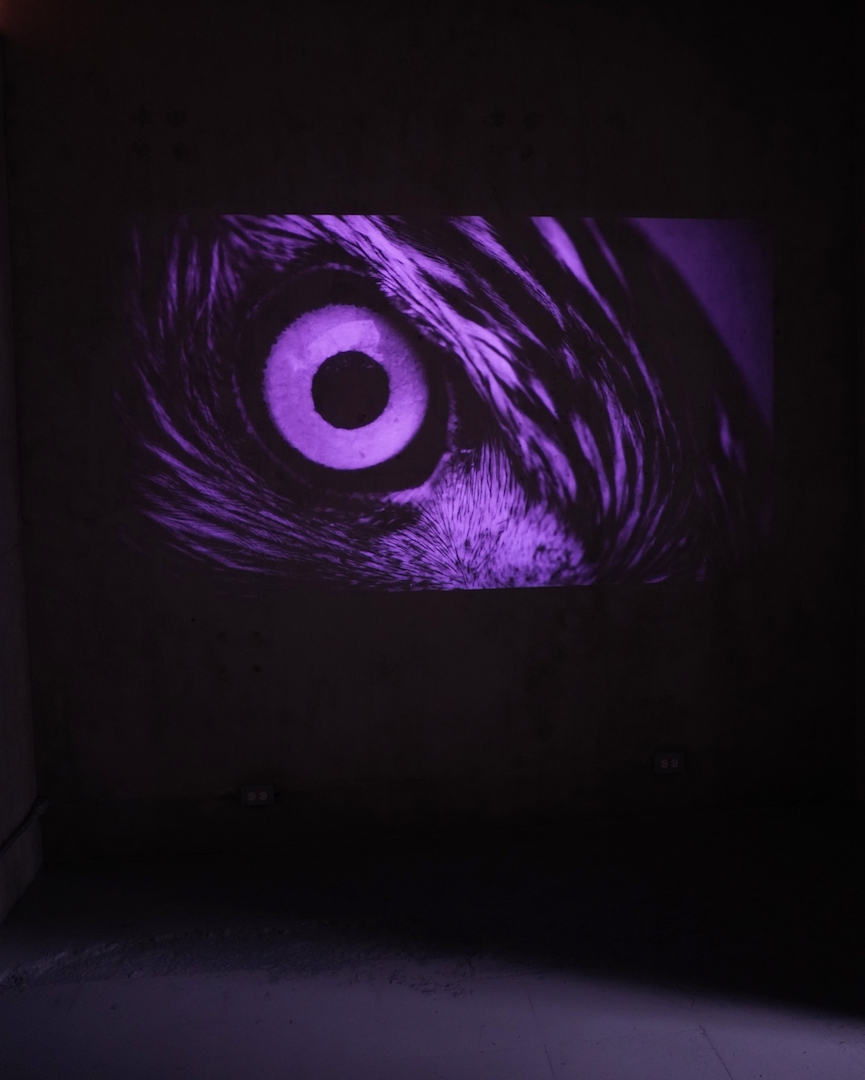
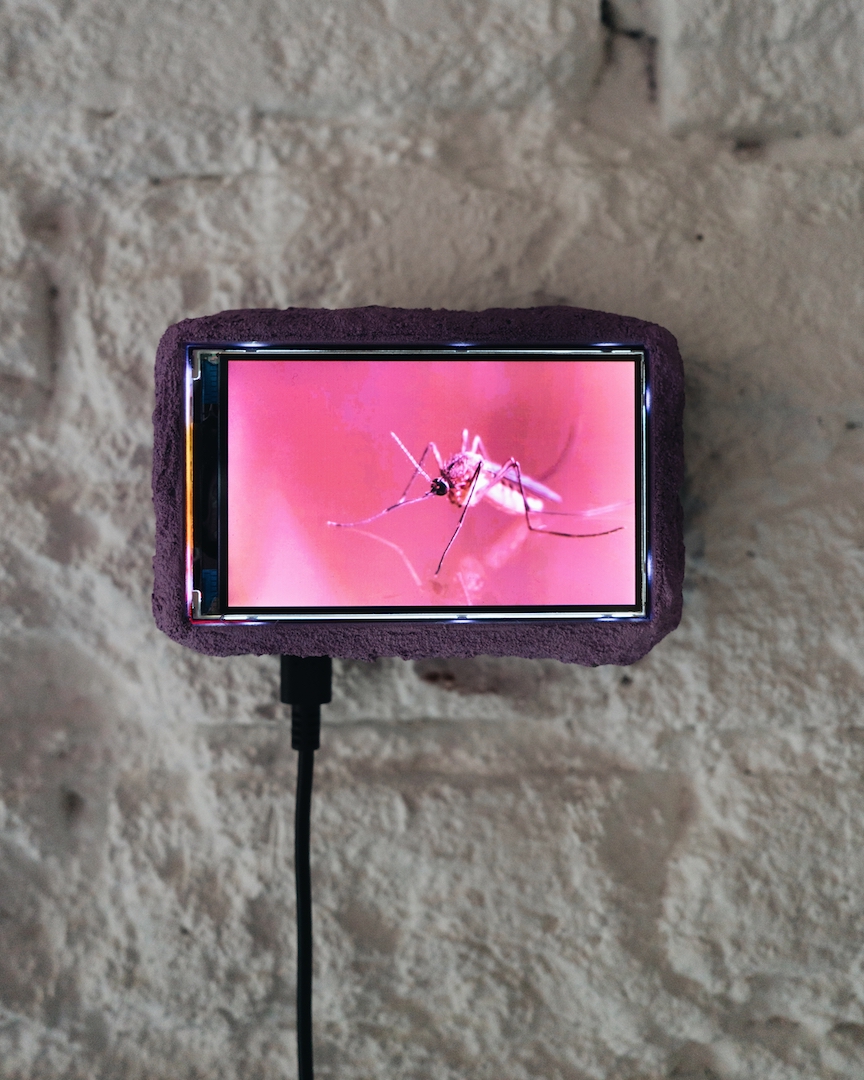
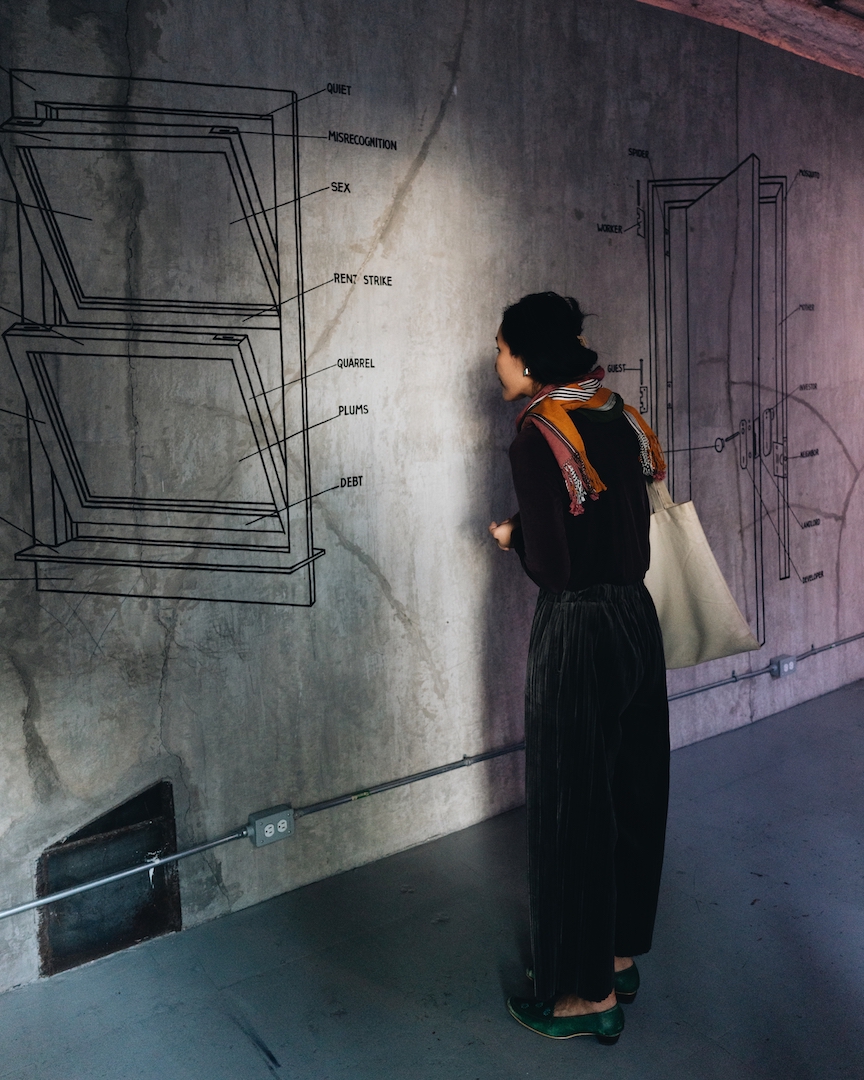

Install images, courtesy Arturo Lopez, 2021
